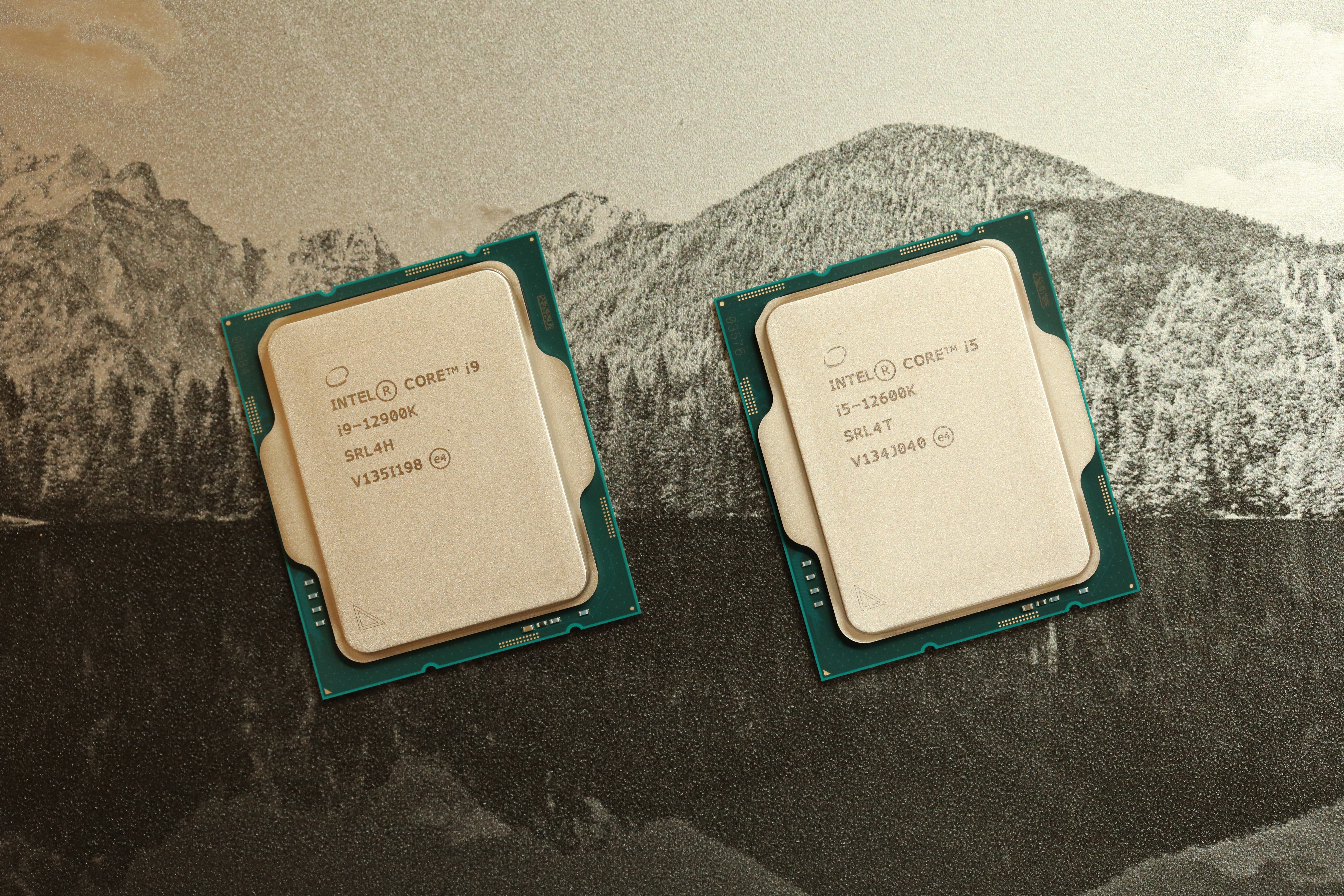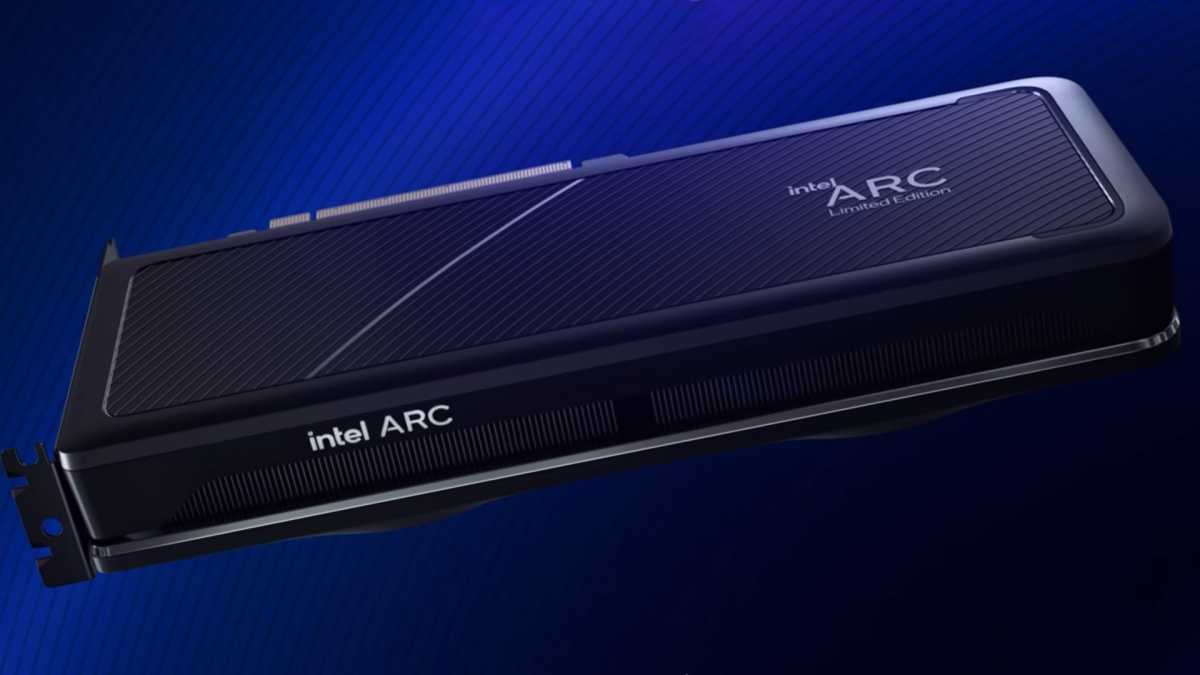 Image: Gordon Mah Ung
Image: Gordon Mah Ung
Intel dropped several bombshells on Thursday afternoon: confirming it will raise prices, formally discontinuing Optane, and reporting an unexpected half billion dollar loss in the wake off poor PC demand amid poor execution.
Intel has already been rumored to be preparing price hikes of between 10 to 20 percent later this year, according to the Nikkei news service and subsequently confirmed by Dylan Martin of the Register. But Intel chief financial officer David Zinsner said that Intel had been suffering from inflationary pricing, and that it would now pass along those costs along to its customers.
“[W]e are increasing pricing,” Zinsner said. “The pricing generally takes effect in the fourth quarter… You know we can absorb a lot of inflationary impact that others can’t. And so we were able to, you know, kind of go a bit longer… But at this point now that some of the price increases, inflationary increases, have turned out to be more permanent, where there’s a certain amount that we do need to pass on to the customers.”
Neither Zinsner nor chief executive Pat Gelsinger said how high the price hikes will be, exactly when they would take effect, or what products they would cover. But they were indicative of what surprisingly emerged as a rather horrible quarter for Intel. Intel confirmed that it has totally discontinued the entirety of the Optane memory business, will sell its drone business, and took ownership of the fact that it will not meet its graphics unit targets and that its driver software had been wholly inadequate.

An Intel Optane SSD.
An Intel Optane SSD.
PCWorld
An Intel Optane SSD.
PCWorld
PCWorld
There was a bright spot: Both the U.S. House and Senate have passed what’s known as the CHIPS Act: a $52 billion package of investments and tax credits supporting the U.S. semiconductor market. Intel will benefit from that in 2023, Zinsner said.
Still, it was a shocking shortfall that had analysts questioning why they hadn’t been given a heads-up.
“This was not our brightest hour in terms of execution,” Gelsinger said, speaking of “Sapphire Rapids,” an AI GPU that has also been delayed by about six months, another mea culpa for Thursday’s call. But the statement could apply to Intel as a whole.
Bad all around
In all, though, it was a bad quarter for Intel. Intel reported a loss of $500 million, down 109 percent from a year ago, on revenue of $19.6 billion, which fell 22 percent. Intel also predicted its results for the upcoming quarter, which indicates that the trend will get worse: Intel said that revenue will drop to between $15 billion and $16 billion, though the company expects to return to profitability.
What’s going on? A combination of weakening demand for PCs and components, as well as what executives said was Intel’s inability to properly execute its plans. “This quarter’s results were below the standards we have set for the company and our shareholders,” Gelsinger said in a statement. “We must and will do better. The sudden and rapid decline in economic activity was the largest driver, but the shortfall also reflects our own execution issues.”
Microsoft reported that the PC market deteriorated in June, supported by reports from analyst firms Gartner and IDC that said demand for PCs cratered after soaring during the pandemic. Intel said that it continues to expect the PC market to shrink by about 10 percent during 2022. In part, that’s due to wrinkles in the supply of components out of Asia — the pandemic shut down key Chinese cities Shanghai and Shenzhen for weeks during the summer, and the inability of manufacturers to receive the components they needed (Ethernet and power supply components, specifically) halted their own sales. PC customers tried to sell through what inventory they had rather than buy more, Intel said.
The best high-end CPU for gaming
Intel Core i9-12900K
 Price When Reviewed:$589Best Prices Today:$290.97 at Amazon | $359.99 at Walmart | $374.84 at B&H
Price When Reviewed:$589Best Prices Today:$290.97 at Amazon | $359.99 at Walmart | $374.84 at B&H
That hurt Intel’s ability to sell processors, and its Client Computing Group — its PC business — saw revenue fall 25 percent to $7.7 billion. Specifically, customers in the consumer and education PC market bought fewer processors than expected. PC customers are reducing inventory at a rate not seen in a decade, Gelsinger said.
As a result, Intel is tightening its belt.
Intel already quietly killed off is Optane desktop SSDs in January of 2021, but Intel said it had wound down the entirety of the business in the second quarter. Intel is also selling its drone business, a legacy of former chief executive Brian Krzanich that, weirdly, became a cultural phenomenon with drone shows supplementing fireworks.
Gelsinger also said that Intel would not meet its internal target of selling 4 million of its debut Arc graphics chips this year. He took ownership of problems with Arc’s graphics drivers, too. “It was clearly underperforming,” he said. “We thought that we would be able to leverage the integrated graphics software stack, and it was wholly inadequate for the performance levels, gaming compatibility, et cetera, that we needed.”

Intel
Intel
Intel
The good news, Intel said, is that key parts of its business — namely, manufacturing — remain on track. Intel’s 12th-gen Alder Lake chips were the first use of its Intel 7 technology, and Intel has shipped over 35 million of the chips. Intel’s manufacturing roadmap remains on track, and the company said it expects its next Intel 4 manufacturing technology to begin production in the second half of 2022. Intel’s Intel 3, 20A, and 18A processes, which extend through Intel’s processor roadmap that covers “Meteor Lake,” “Arrow Lake,” and “Lunar Lake,” are also either on schedule or ahead of schedule, Intel said. Put another way, Raptor Lake is still on track to launch in the second half of 2022, and Meteor Lake will launch in 2023.
So what happens now?
Nothing, at the moment, at least. While Intel doesn’t publicly consolidate its processor pricing in an overall list like it did a decade or so ago, Intel’s own ARK database indicates that the price hikes have yet to begin. For example, Intel publicly announced the 12700KF at a launch price of $384; that price is still listed at $384, Intel’s 12700KF page says.
Gelsinger also said that Intel found itself in a weird spot where it was unable to meet demand in certain cases, and had entirely too much inventory on hand in others. He didn’t specify what situations he was referring to.
The bottom line? Who knows. But one thing is clear: With back-to-school PC sales on right now, it might be some of the better bargains you receive all year.
Author: Mark Hachman, Senior Editor

As PCWorld’s senior editor, Mark focuses on Microsoft news and chip technology, among other beats. He has formerly written for PCMag, BYTE, Slashdot, eWEEK, and ReadWrite.
Recent stories by Mark Hachman:
No, Intel isn’t recommending baseline power profiles to fix crashing CPUsApple claims its M4 chip’s AI will obliterate PCs. Nah, not reallyIntel says manufacturing problems are hindering hot Core Ultra sales




